A Man, a Rope, a Cowboy
When Bailey learned that he’d been cast as Eddie in Sam Shepard’s Fool for Love, he knew the role might prove just a bit more challenging than usual.
Indeed, the stage directions state:
“Eddie ropes every bedpost, never missing.”
Soulpepper invited us to watch a rehearsal of Fool for Love, and we spoke with Eion and others about the process of learning this unique skill.
___________________
In Sam Shepard’s Fool for Love, we witness the ruined abyss of the Wild West embodied by Eddie (Eion Bailey), a tequila-swilling, broken-down rodeo cowboy turned stuntman, and May (Cara Gee), his high school sweetheart.
Set in a run-down motel room on the outskirts of the Mojave Desert, Eddie, absent for some time, has travelled 2,480 miles to offer May his latest dream – a trailer in Wyoming.
Seeking to erase her past, May is getting ready for a date with Martin (Alex McCooeye). Watching it all is Shepard’s unnamed Old Man (Stuart Hughes), a grizzled old cowboy who sips his Wild Turkey and spins his yarns.
And so begins a battleground of love and rancor and lust and fury erupting in equal measure.
“Gotta stay in practice these days,” Eddie says.” There’s kids out there ropin’ calves in six seconds dead. Can you believe that?”
The cowboy’s trade lies in the particulars, in the rope, the lariat, that most singular tool of the American cowboy.

Upstage left, Eion Bailey releases the lasso, the rope sweeping the air before coming to rest in a messy coil, falling just shy of the bedpost, its intended target.
“The rope reflects Eddie’s state of mind,” he explains. “He’s challenging, preparing for a potential intruder.”
Somersaulting across the bed, he gathers up the rope.
“The rope is a thing of control in the play – shepherding, marching, letting May know that the threat is there,” Stuart Hughes adds.
Downstage right, Bailey begins again: throwing, gathering, throwing, gathering.
“I grew up with horses,” Bailey explains. “But I haven’t done any roping … I’ve done cutting horse, but zero roping. My sister is a professional polo player, so I asked if she could find a trainer to help with the rope stuff. I met him at his ranch and he gave me a lesson.”
Ropes are endowed with both grain and will; cast a rope one way and it alights on its object, cast it another and it shimmies and backfires.
“I started rehearsing with a friend,” Bailey says. “You have to walk before you run. Sometimes I think, will we ever get there? Throwing it, hitting something, landing.”
Fight Director Simon Fon adds, “We break it down bit by and then run it like a dance … you keep repeating it. My biggest thing is breathing, finding your balance.”
Bailey slides his hand along the length of the rope until he reaches the knot.
“It’s a Honda knot,” Fon explains.“It allows the rope to create a feed it can slide through in that new shape, catch what it needs to catch, gain momentum and speed. You cinch it and it tightens. You can even use it to pull people out of rivers.”
Bailey ensnares the chair with a rope around its base, pulling it toward him, the chair finally toppling over.
Fon puts one foot on the chair. “It’ll fall over no matter what – from the momentum.” He rights the chair. “Safety is key,” he adds. “The ceiling in the theatre is only eight feet. That’s the challenge.”

Closing one eye, Bailey raises one arm, his fingers closing around a fictitious pistol.
“Aiming the rope is like shooting a gun, knowing you’ll see it all the way through,” Bailey says. “Your arm, your body … you’re already setting it up, the bullet’s already left.”
He lifts the rope, begins again: lifting, twirling, releasing, the lariat seizing hold of its object: swift, silent, sure.
“I’d record my lines and then listen to it while I did the rope work, adding in the rope throws. I practise in Withrow Park. Sometimes kids ask, ‘Are you a real cowboy?’”
A cowboy’s rope is imbued with adventure, joy, romance – a harkening back to those cowboy heroes, to John Wayne and Clint Eastwood, to Gary Cooper and Kirk Douglas, to bucking broncos and flying lariats.
“It’s slow … baby steps,” Bailey says. “It’s a process… choreography, really. And then all of sudden you think, wait, I’ve got this!”
He sets the rope spinning, whoosh, whoosh, whooshing overhead.
Man, rope, cowboy.

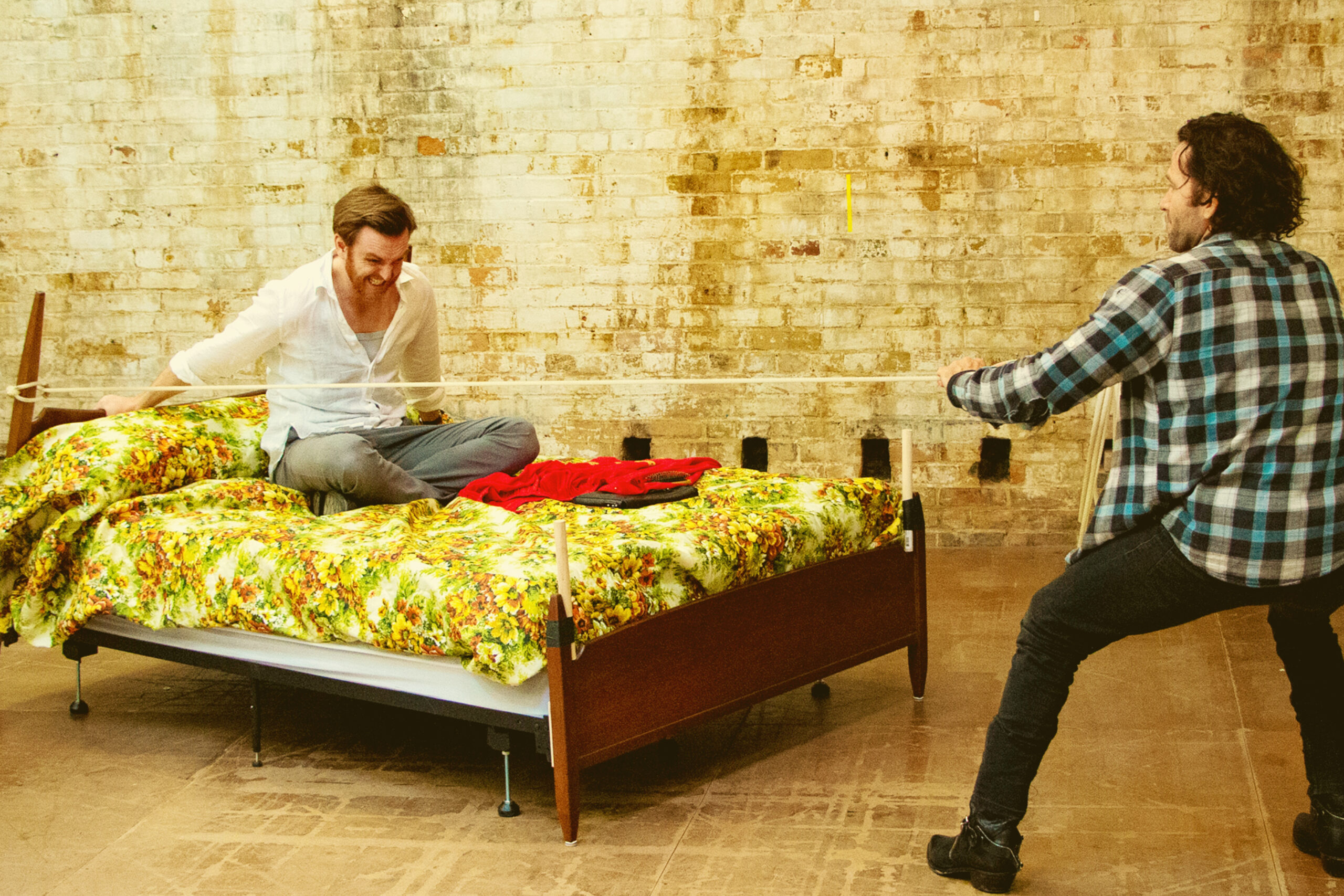
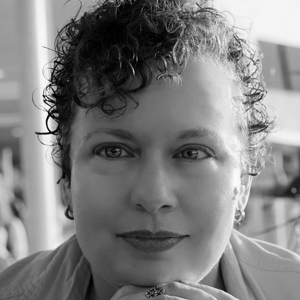
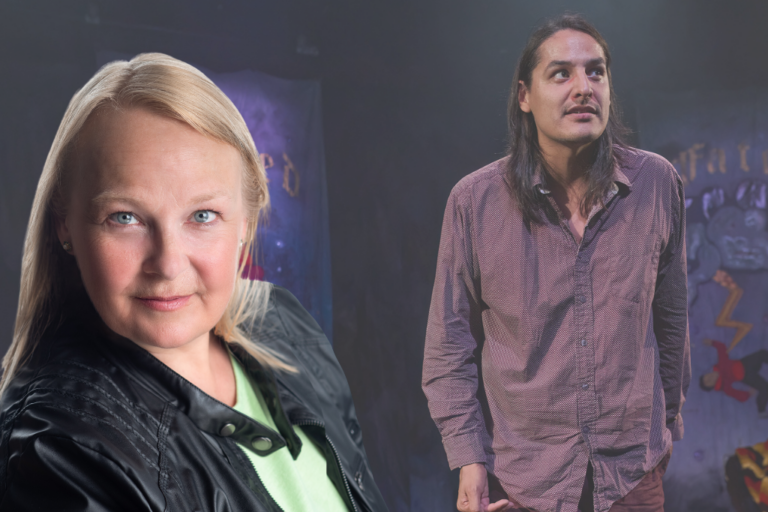
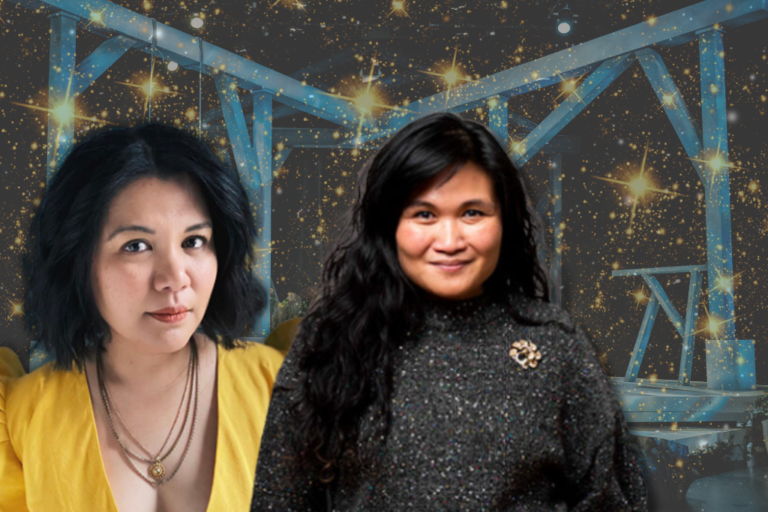
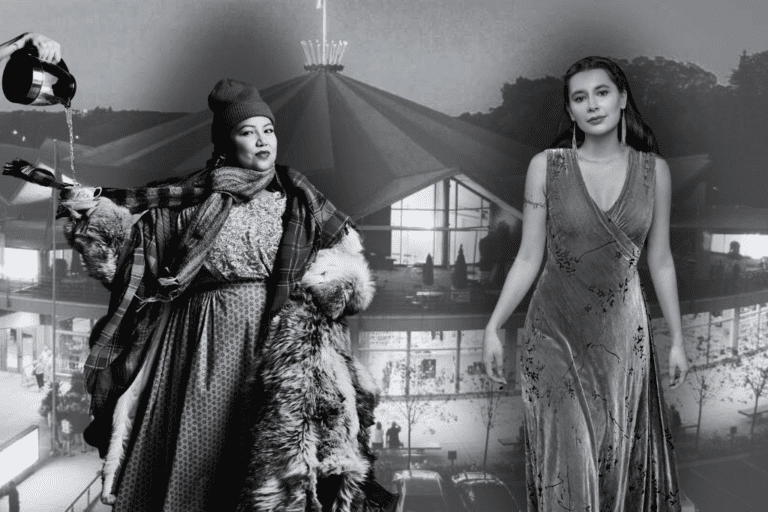

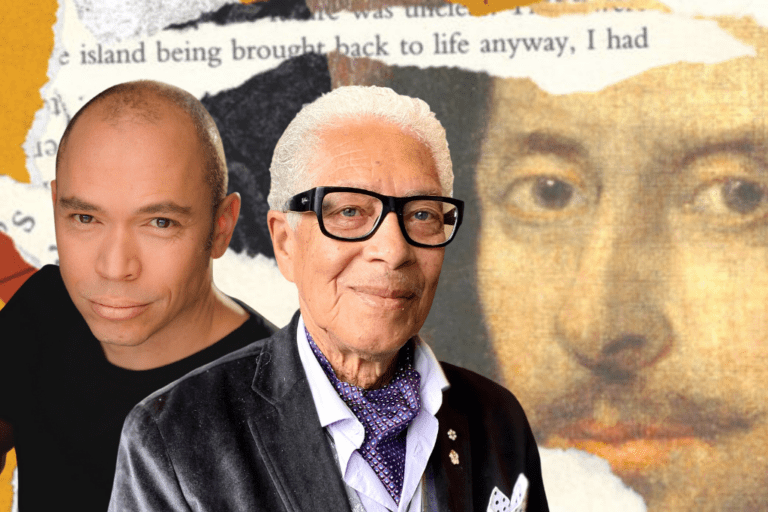
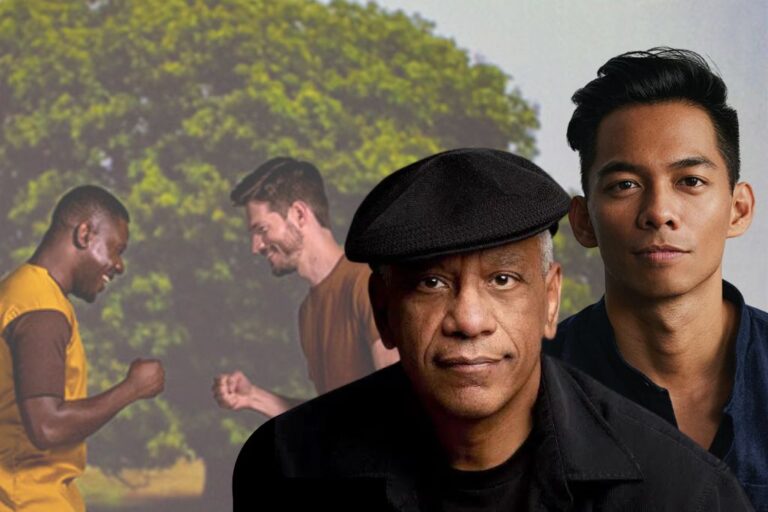
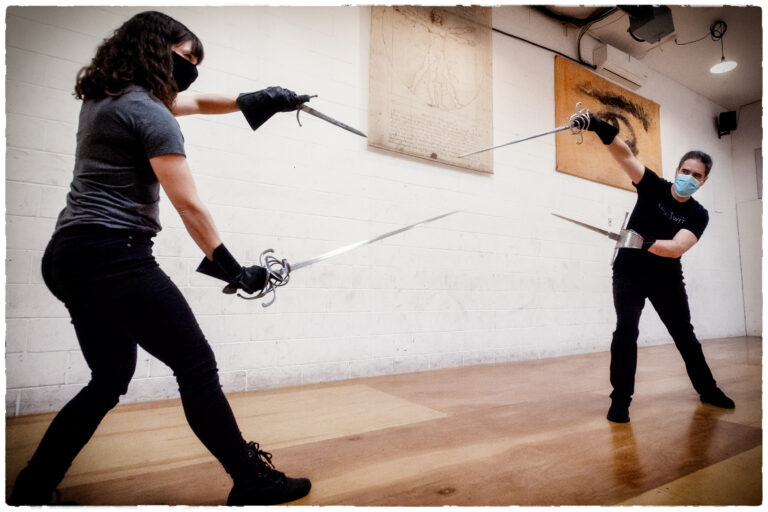
Comments